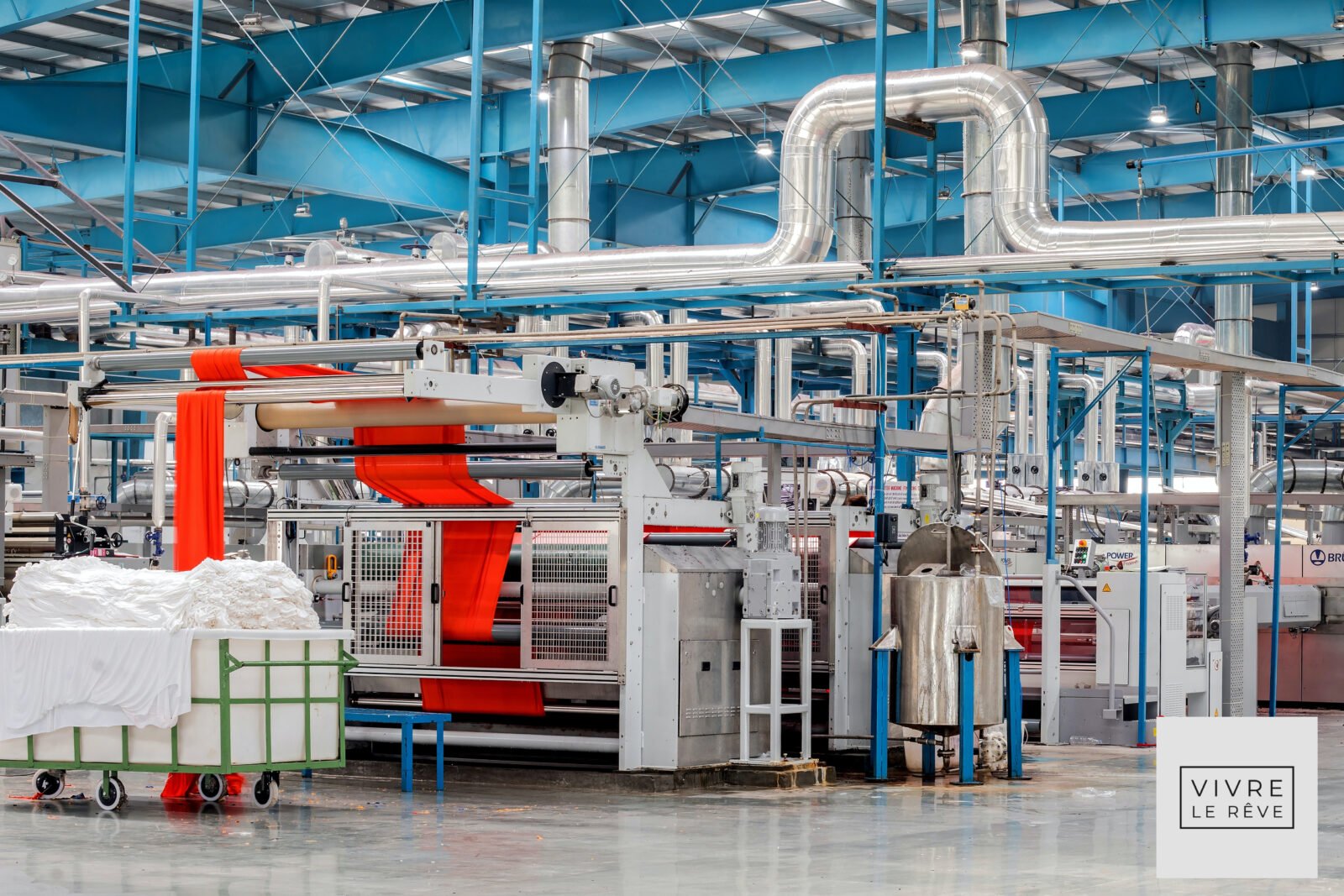Today I’m going to cover machine vision and the benefits it can bring to the factory floor. Then, I will talk about four ways that machine vision can help manufacturers save money and why this automated process is better suited to repetitive inspection tasks than human inspectors.
If you read our previous article, you already know what machine vision is and its four most common applications: measurements, counting, location and decoding. You might use these tools to achieve several different ends, but the motivation for doing so is generally like all others when you’re applying industrial processes to save money and increase profitability.
In these terms, machine vision accomplishes this in several ways by reducing defects, increasing yield, tracking parts and products, and facilitating compliance with regulations.
Machine vision inspection can reduce defects or cause fewer bad parts getting out into the world and into customers hands which could damage a company’s reputation and lead to costly product recalls.
Along those lines is preventing mislabelled products parts where the label doesn’t match the content. Mislabelled products create unhappy customers and could harm a company’s brand. They may even pose a safety risk.
Consider the consequences of improperly labelled pharmaceutical products or mislabelled food items for customers with allergies. This is a widespread reason for product recalls. Machine vision can verify contents and ensure that products are correctly labelled.
Another incentive for machine vision is better yield, simply the ability to input more material into a saleable end product. If you catch defects early in the production process, you’ll reduce waste because bad parts can be identified and eliminated before they’re built into larger assemblies. You’ll avoid scrapping expensive materials and reworking parts too.
Machine vision helps to reduce downtime; another benefit that falls under this category, for example, a packaging line may use a vision system to detect product misfeeds that could cause the machine to jam and result in downtime and loss of product.
I’m sure you’re aware of the usefulness of tracking work-in-process or WIP. This is uniquely identifying products to be tracked and traced throughout the manufacturing and stocking process. Again, machine vision can be beneficial here typically if you can identify all of the pieces in a process. As a result, you’ll require less stock, and the product becomes available more readily for just-in-time processes.
Machine vision uses decode tools to read 1D and 2D symbologies as well as OCR to track parts and products. This helps manufacturers to avoid component shortages, reduce inventory and shorten delivery time.
Machine vision provides the added benefit of performing other tasks such as alignments or measurement in addition to reading barcodes and OCR. For example, you may want to read a data matrix code on a PCB and verify its location.
Complying with industry regulations is often an unavoidable cost. Still, if you don’t abide by the rules relating to a particular product, you may not be able to participate in that market. Therefore, being able to do so efficiently and at a low cost is beneficial.
The pharmaceutical industry was an early adopter of machine vision. For this reason, it is, of course, a highly regulated industry and requires strict adherence to government regulations to ensure product integrity and safety.
Unlike a dedicated barcode reader, a vision system has the capability to read the codes and verify that the labels are printed accurately and legibly, ensuring that they are readable later in the supply chain.
There’s also the broader question: Why use automatic systems like machine vision to do things you could potentially do with human inspectors? The answer is quite simply that machine vision systems never get tired; they excel at repetitive tasks.
Once they’re set up to do an inspection, they will do it all day, every day, whereas, with human inspectors, you would typically expect to find an error rate going up after about 20 minutes on a particular task.
Machines do it faster; you can inspect things more quickly with a machine. The other great benefit is consistency. Once the rule is set, it will stay set. People inspecting or operating a process tend to change the rules as they go along, so that should give you some pretty clear justification for using machine vision.
So, in conclusion, machine vision helps manufacturers increase their profitability by reducing defects, increasing yield, tracking parts and products and facilitating compliance with regulations. On top of this, machines are faster, more consistent and can run for more extended periods of time.



























1 Comment